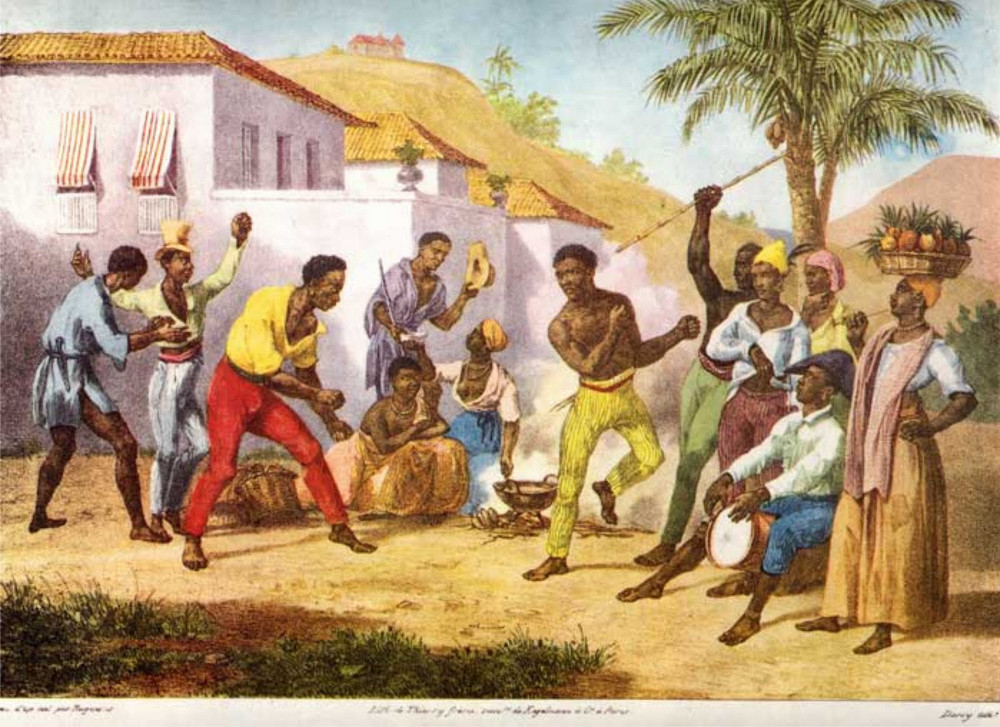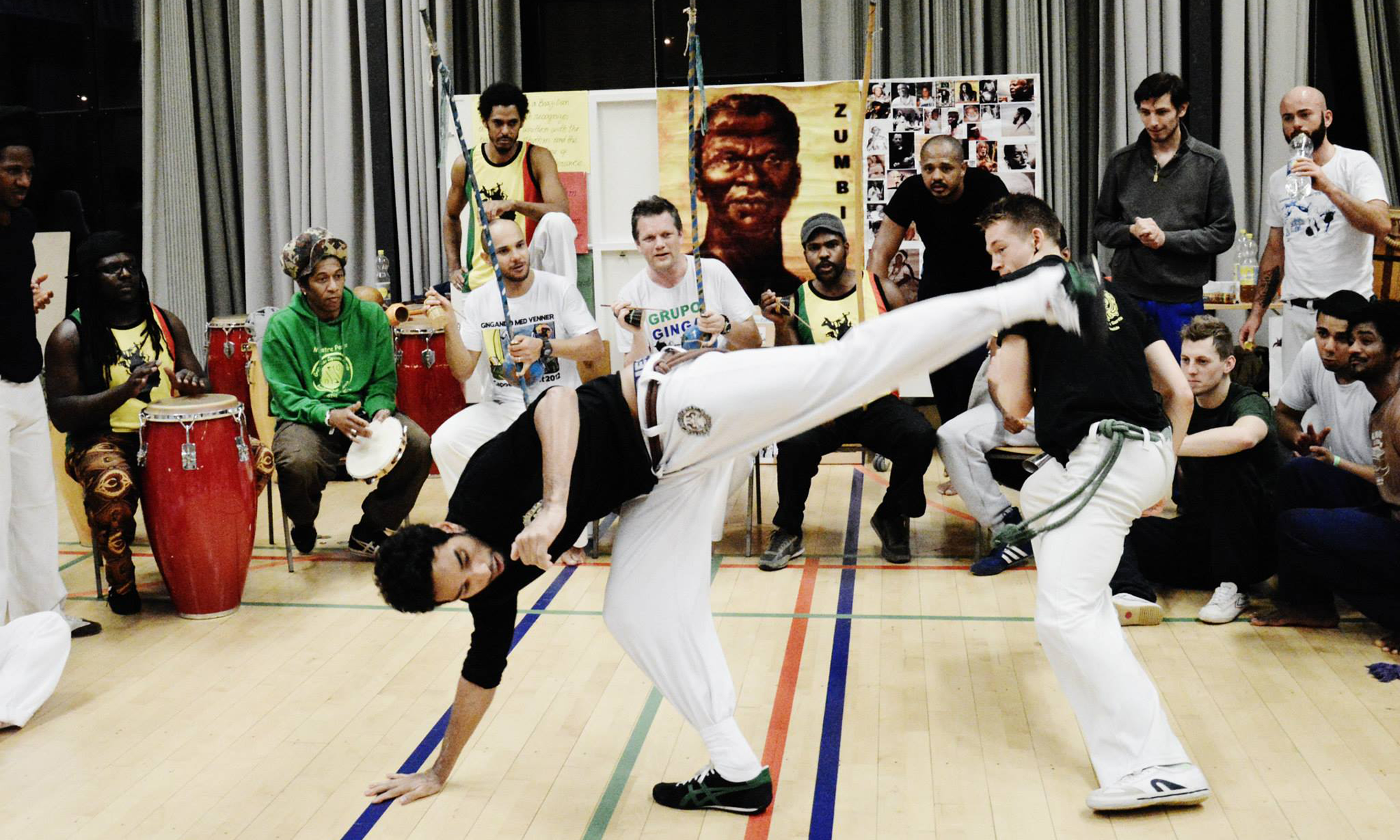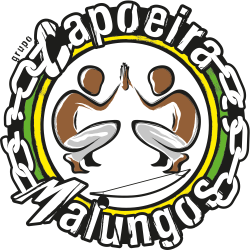Looking for a physically challenging, dynamic and playful sport? Capoeira is all of that and more! A martial art combining self-defense, acrobatics, music and dance. It doesn’t matter if you’re a top athlete or the least flexible person on the planet; our classes are for everyone. Join us for a free try-out class in Amsterdam West or Oost.
Malungos
During the days of slavery in Brazil, a large part of the slave population was Kimbundu-speaking Africans. They used the term “malungu” meaning anyone who had travelled on the same ship together.Gradually the term was extended to other close companions or friends (often travelling together). Our group consists of a large group of capoeira friends from all over Europe and Brazil – travelling together on a common quest to become better capoeristas. Our name refers to this journey and our openness towards new people and ideas.
History of Capoeira

The history of Capoeira is connected with the very history of Brazil and it is there that we find its first manifestations. Capoeira rose out of enslaved blacks seeking their own cultural identification in the face of a system of slavery in a milieu of a dominant society that rejected accepting them. About sixty years ago, Capoeira was still deemed illegal and was repressed by the police. Nonetheless this situation generated an advantageous setting for the development of its variety.
This form of art was created in Brazil by the slaves as a defense against oppression. Over the time, our art more and more established; the rhythm became part of the “Festas de Largo” religious and popular celebrations and came to be considered itself a manifestation of popular culture. Capoeira is a game; it is a way of fighting by playing, laughing and deceiving. It has evolved over the last fifty years, coming out of the sidelines of marginalization and began to be practiced at gyms and clubs.
Its presence became mandatory at diverse shows; it crossed the oceans, and for some time now impresses and charms people from all over the world in such diverse countries as the United States, France, Germany, Finland, Sweden, England and many more. As an expression of popular culture, the transmission of knowledge from generation to generation was done orally and by hands-on practice of the art.
Its popular expression is part of the vast and rich legacy of Brazilian culture and contains elements of education, art, fighting, sports, and therapy as well as dance, leisure, folklore, history, and gymnastics, among others. Art is present in Capoeira through its music, rhythms, song, physical expressions, creativity of movements and stage presence.
The fighting aspect represents its origins and survival over time in its most natural form as an instrument of a genuinely Brazilian form of personal defense and a strategy of resistance to the annihilation of a culture. As a sport, it possesses elements that are culturally tied to its practitioners, awakening the interest of the community in general. Its practice it can be done for leisure and recreation with the additional value of evident therapeutic, educational, occupational and rehabilitative effects while for the community the “rodas de capoeira” or circles are entertainment.

